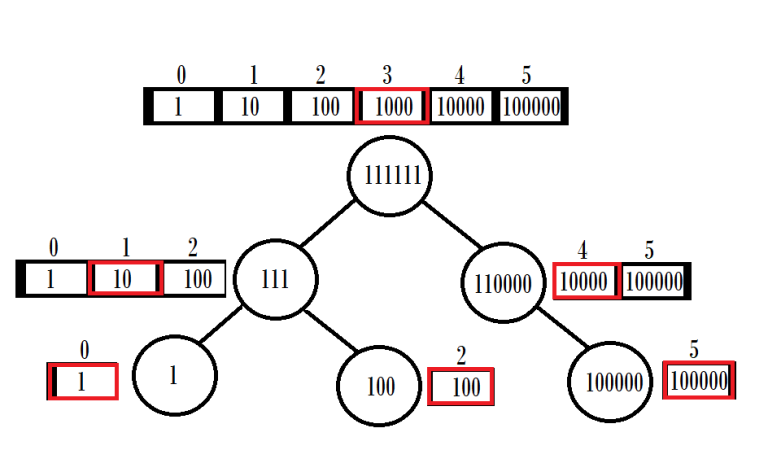So I know that for maximum matching in general graphs (without the cost part), we have Edmond's blossom algorithm, for which there are some nice tutorials, and I've seen a number of nifty, digestible implementations.
The wikipedia article says that the Blossom Algorithm can be used to find the minimum cost maxmimum matching as well, but the only reference I found to this online was this paper on Blossom V, which I at least find very difficult to read; and while they do provide a C++ implementation, it has thousands of lines between all the different files.
Is there a more "palpable" implementation for solving this problem? Something more fitting for programming competitions?











